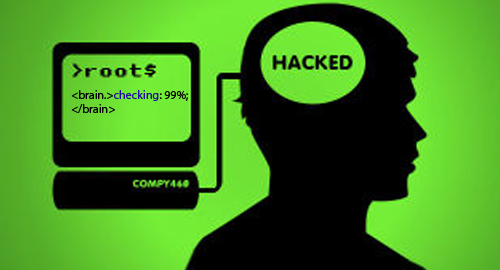- Clinic:
- 0733 945 717
- 0739 434 212

Benign Gynecological Tumors
July 12, 2024
Keeping our adolescents healthy
July 19, 2024You can hack your own brain

Every so often, an experimental medical technique gets undue hyping prior to going through the rigor of scientific proof of benefit. Medical safety concerns usually arise fairly quickly if early converts get themselves into the mix of unproven therapies. But there is little medical regulators can do to stop do-it-yourself (DIY) enthusiasts when a new fad comes along.
You may already be aware that electrical stimulation of the brain has proven mental health benefits. Where other medications have failed, people with some mental health disorders can be subjected to electrical brain therapy, with varying levels of success. But can electrical brain stimulation be of use in other ways, say modulating mood, enhancing memory or even creativity?
Enter the world of transcutaneous direct current stimulation of the brain (tDCS for short). This is a technique that involves passing weak pulses of electricity to the brain. Such electrical pulses are in themselves harmless, but are strong enough to activate or inhibit parts of the brain and influence function. Preliminary studies, some backed by military experiments, have indicated potential to improve rapid learning and training, and enhanced intellect.
From a medical viewpoint, tDCS may have applications in the treatment of depression, chronic pain syndromes or even enhance recovery from strokes. There are ongoing studies in these respects. But other applications of tDCS have not been lost to enthusiasts looking to improve their memories, creativity, happiness or even their intellectual levels. Some have even thought they could improve their children’s aptitude with maths and other educational feats.
Brain zappers are on the loose with DIY brain stimulation kits. All you need is a direct current generator, and some electrodes to attach to your scalp. Some have made their kits from scratch, but you can easily get an assembled kit online, with some inbuilt safety mechanisms. Early adopters have reported benefits ranging from better focus, increased productivity, enhanced mood, less stress and better problem solving skills. There are hardly any reports of harm.
But there are some worries within the medical fraternity. Passing too much current may be harmful, so is the possibility of placing the electrodes the wrong way. Activating or inhibiting parts of the brain repeatedly for a long time may result in unknown effects. True, professionally assembled stimulation kits with inbuilt safety mechanisms may negate some of the risks. And limited stimulation episodes may minimize any unknown potential harms.
The science is objective, but the benefits are yet to be unequivocally proven. At home or in the office DIY brain zapping has certainly gained a following. You can try it if you want, but be absolutely clear about what you are hoping to get out of it. The careful ones have done it within the confines of their doctor’s premises. Time will tell whether zapped brains end up functioning better.
Take a fertility test today
